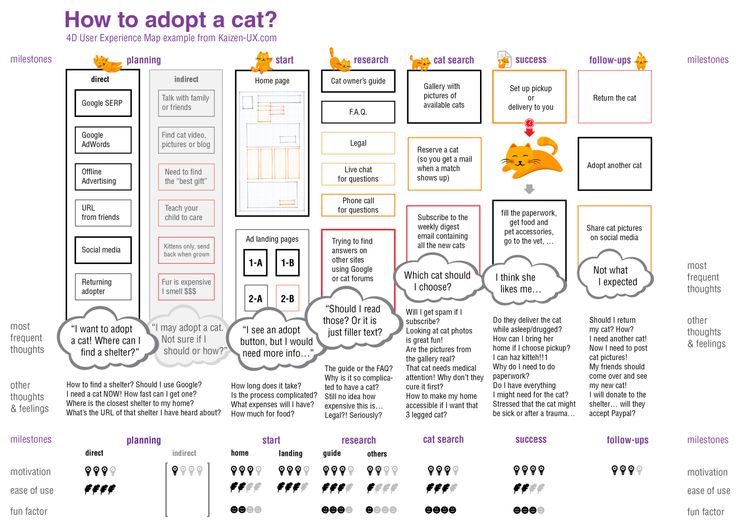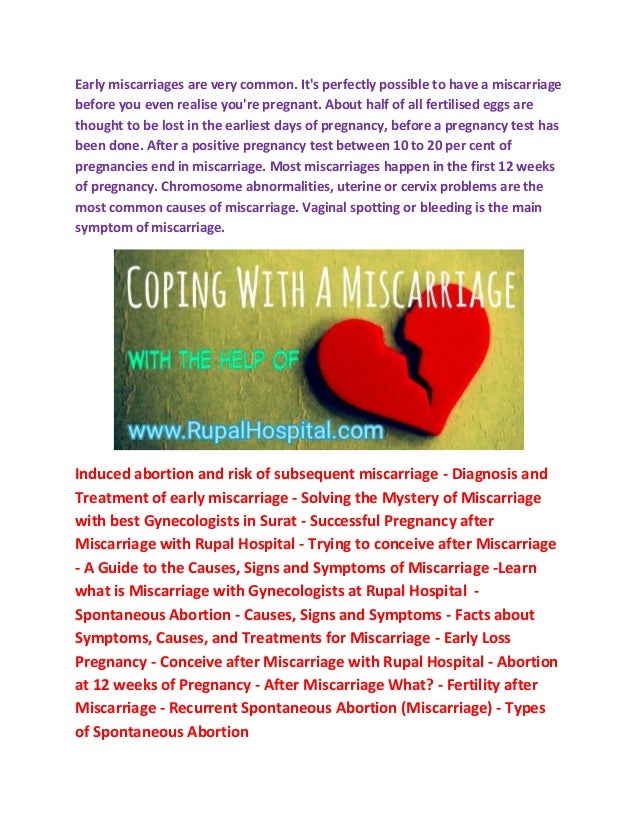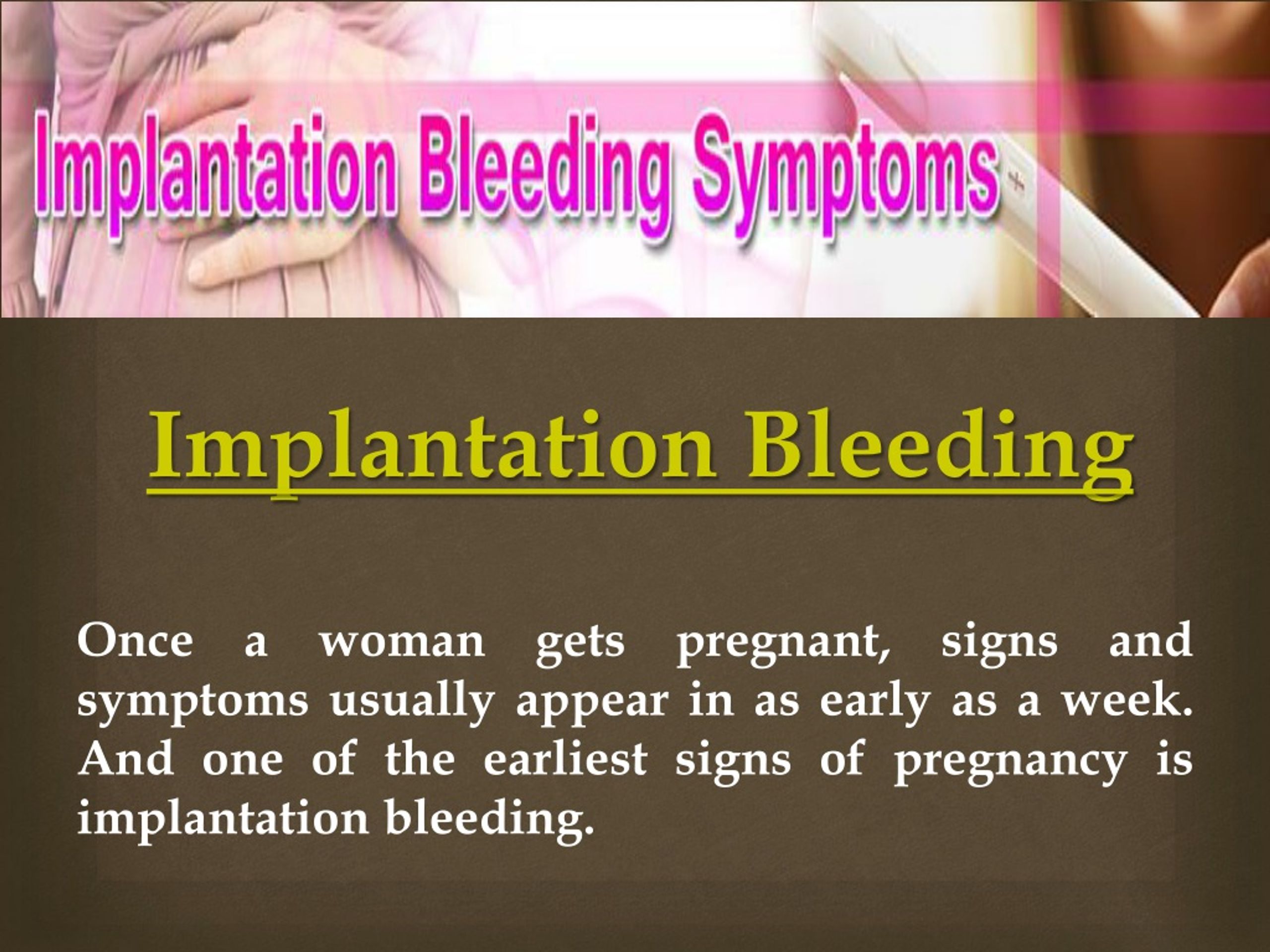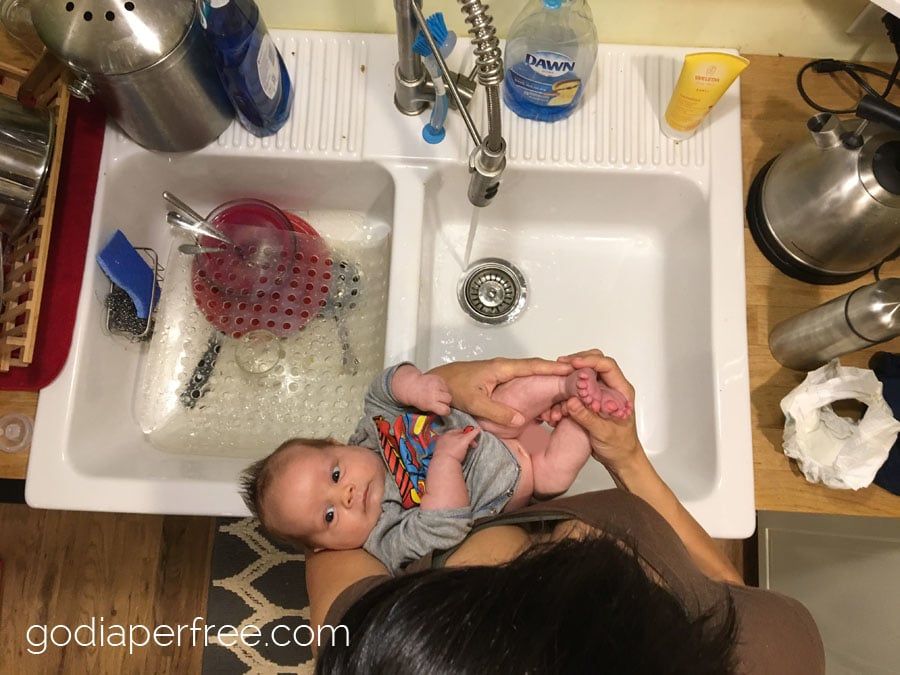How much is it to adopt a child in the us
Average Adoption Costs — How Much Does It Cost to Adopt
Because of several serious health conditions, Leah Atkins knew that when she and her husband were ready to expand their family, adoption was the way to do it.
Atkins, an interior designer in Lawrenceville, GA, says she and her husband carefully chose an adoption agency that felt like a good fit for them, but they also wanted an agency that focused on the birth mother during and after the adoption. They found the agency and the birth moms, and now the couple has two children.
While they planned for the adoption costs, the numbers still shocked them. “We knew that it wasn’t cheap, but we had no idea just how expensive it truly was,” said the mom-of-two. “A lot of it goes towards legal fees, which is understandable, but can still be frustrating.”
While talking about adoption costs can be uncomfortable, Atkins said it’s necessary. “Bringing money into any conversation about adopting a human child sure makes it feel taboo. I think it is important for all parties involved in adoption to educate themselves thoroughly as well as see a therapist to work through any emotions that come up during the process.”
Average adoption costs can vary greatly based on the type of adoption and circumstances around the adoption. If you are considering adopting a child, these are some of the costs you can expect so that you can begin planning for your family’s future.
The three types of adoption
There are three routes to adopting a child:
- Domestic Adoption: Adopting an infant in the United States
- International Adoption: Adopting a child from another country
- Foster-to-Adopt: Adopting a child from the foster care system
“Researching the various types of adoption is an important part of beginning the adoption journey,” said Rita L. Soronen, President and CEO of the Dave Thomas Foundation for Adoption. “The costs of each kind of adoption differ widely.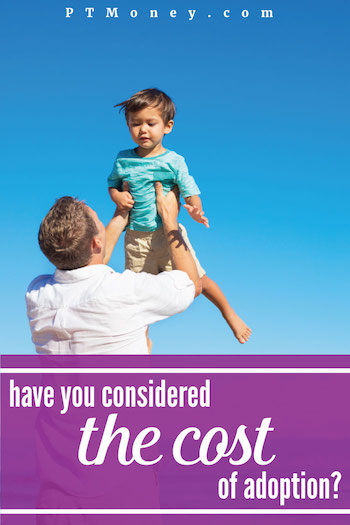 It is important to know that there are also many options for financial assistance for families hoping to adopt and that understanding these options can go a long way toward alleviating the worry about cost.”
It is important to know that there are also many options for financial assistance for families hoping to adopt and that understanding these options can go a long way toward alleviating the worry about cost.”
Cost of a domestic adoption
According to the Child Welfare Information Gateway from the U.S. Department of Health and Human Services, the average costs of adopting a child in the United States is between $20,000 and $45,000. This price can cover legal fees, home studies, travel and lodging, court fees, and medical and living expenses for the birth parent. Soronen said it’s important to get clarity from the adoption agency or the attorney involved on specific costs prior to making a commitment.
Parents can expect a private adoption agency to be more expensive. However, some agencies will offer a sliding scale based on the adoptive parents’ income.
For an independent domestic adoption, parents find the birth mother without an agency and use an adoption lawyer to facilitate all of the legal aspects and paperwork.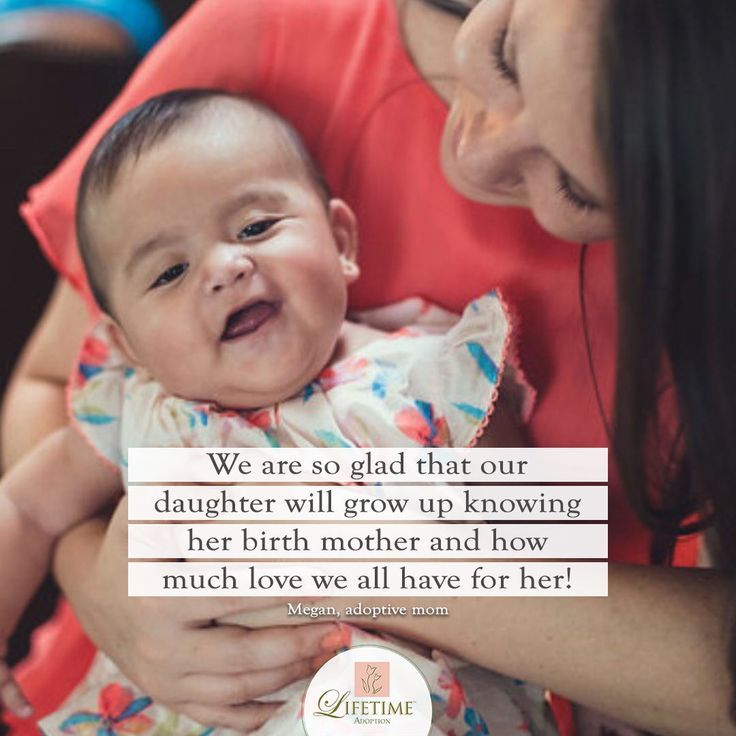 Costs can range from $15,000 to $40,000, according to the Child Welfare Information Gateway.
Costs can range from $15,000 to $40,000, according to the Child Welfare Information Gateway.
Adoption costs by state may differ since adoption laws vary state to state.
Cost of an international adoption
Depending on the country of adoption, international adoption costs will vary greatly. Parents should plan to pay between $20,000 and $50,000 for an international adoption, according to the Child Welfare Information Gateway.
Be sure to budget for multiple trips to the country before and during the adoption process and add the extra expenses of travel and hotel costs.
Cost of adoption through foster care
Morgan Lampp and her wife Mara Hill dreamed of adopting a baby and were surprised to learn that in their home state of Florida, foster care adoption costs were almost nothing. “Through our adoption classes it was very clear that there would be little to nothing out of pocket with our adoption,” says Lampp. “The classes, home study, fingerprints and background checks — all covered.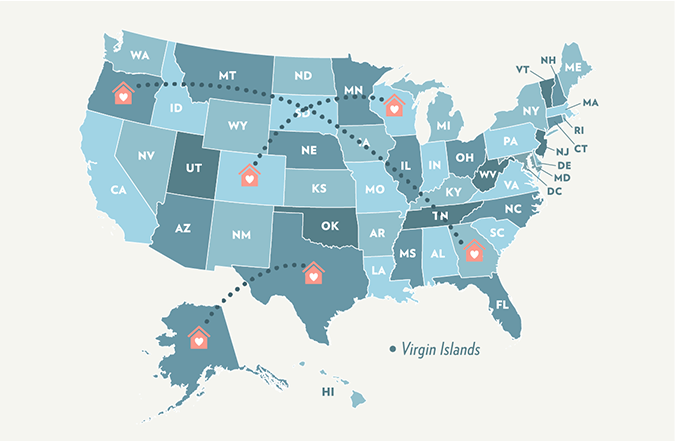 Even our lawyer costs for adoption were covered in full.”
Even our lawyer costs for adoption were covered in full.”
While every state has different rules and fees associated with adoption through foster care and every case is different, for this couple, the process moved very quickly. “Last year we had our home study completed and within a month we were matched with our baby Kai. She was officially adopted by us at the end of May,” said Hill.
According to Soronen, here’s what prospective parents need to know about adoption through foster care:
Adoption from foster care entails working with the public child welfare system and their contract agencies.
Since the agency holds custody until they are adopted, most of the fees are the responsibility of the public system.
There are some costs that can occur, including home studies or other out of pocket fees, but these are typically reimbursable and range from $0-$3,000.
Children adopted from foster care often qualify for state or federal subsidies that follow the child through age 18 or in some circumstances until age 21.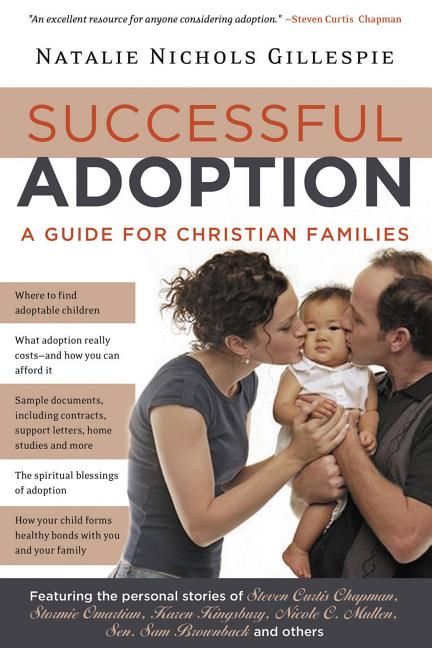
Many states also offer educational vouchers for youth adopted from foster care. This can include college or trade schools.
New parents Lampp and Hill said they hope adoption through foster care is one that more hopeful parents will explore. “We encourage anyone interested in adopting because these children need a safe and loving environment, and a forever family. If money is something stopping you, know that this may be a route for you.”
Unexpected adoption fees
Even with careful planning, there may be additional fees and expenses that prospective parents should budget for during the adoption process. “Depending on the circumstance and age of a child when adopted, there may be a need for post-adoption medical or mental health assistance,” said Soronen.
There may also be legal fees to consider. “Since adoption is a legal exchange, families may want to consider engaging an attorney, even if one is not required, to assure that all aspects of the adoption are handled appropriately.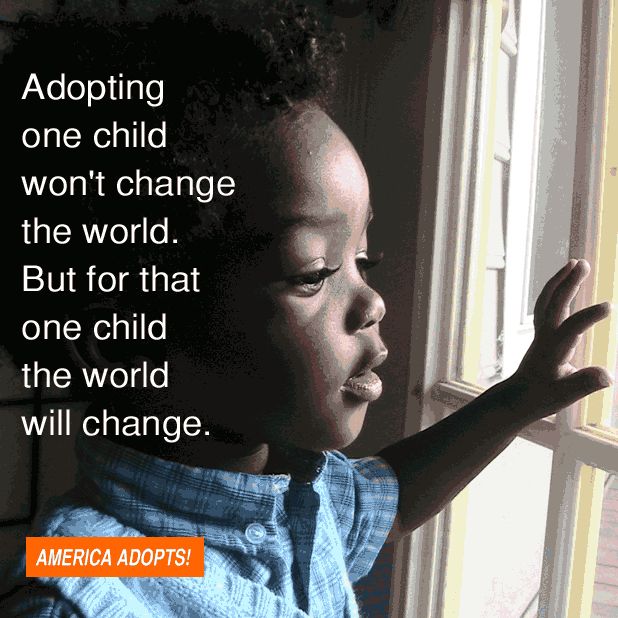 ”
”
How to pay adoption costs
While the cost of adoption can be expensive, there are a variety of ways to save and pay for adoption, including:
- Federal and state subsidies for foster care adoption
- Loans and grants for individuals
- Employer benefits
- Military reimbursements
The bottom line
“The adoption journey is one that, in the end, joyfully creates or expands a family and provides a child a permanent and loving home,” says Soronen. “Although costs can be a challenging part of that journey, there are multiple options and supports available.”
How Much Does It Cost to Adopt a Child?
You’re our first priority.
Every time.
We believe everyone should be able to make financial decisions with confidence. And while our site doesn’t feature every company or financial product available on the market, we’re proud that the guidance we offer, the information we provide and the tools we create are objective, independent, straightforward — and free.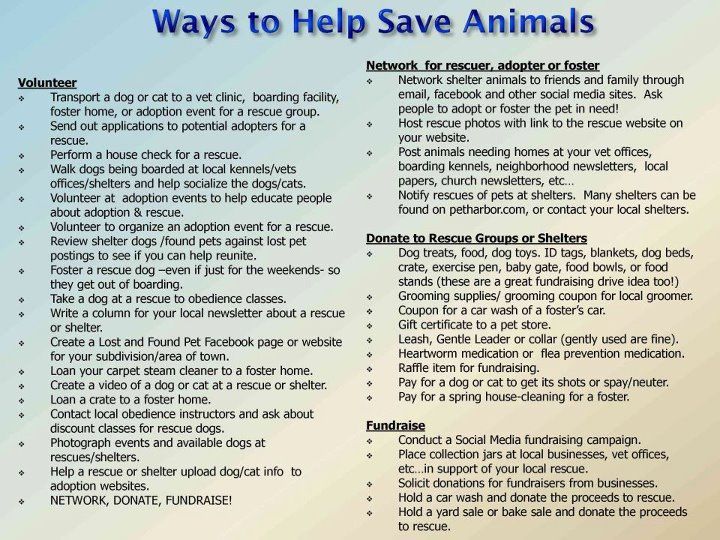
So how do we make money? Our partners compensate us. This may influence which products we review and write about (and where those products appear on the site), but it in no way affects our recommendations or advice, which are grounded in thousands of hours of research. Our partners cannot pay us to guarantee favorable reviews of their products or services. Here is a list of our partners.
The adoption process can be long and cost anywhere from less than $1,000 to more than $50,000.
By
Taryn Phaneuf
Taryn Phaneuf
Writer
Taryn Phaneuf is a writer at NerdWallet. She previously worked as a data reporter and researcher for the Minneapolis/St. Paul Business Journal. She has reported on education, public policy and other topics for local news outlets in Minnesota, Washington and Kentucky. She has a bachelor’s degree in journalism from the University of Minnesota. Email: <a href="mailto:[email protected]">[email protected]</a>.
Email: <a href="mailto:[email protected]">[email protected]</a>.
Learn More
Edited by Rick VanderKnyff
Rick VanderKnyff
Senior Assigning Editor | Los Angeles Times; University of California, San Diego; Microsoft
Rick VanderKnyff leads NerdWallet's news efforts, and also manages the team responsible for expanding NerdWallet content to additional topics within personal finance. Previously, he has worked as a channel manager at MSN.com, as a web manager at University of California San Diego, and as a copy editor and staff writer at the Los Angeles Times. He holds a Bachelor of Arts in communications and a Master of Arts in anthropology.
Many or all of the products featured here are from our partners who compensate us. This may influence which products we write about and where and how the product appears on a page.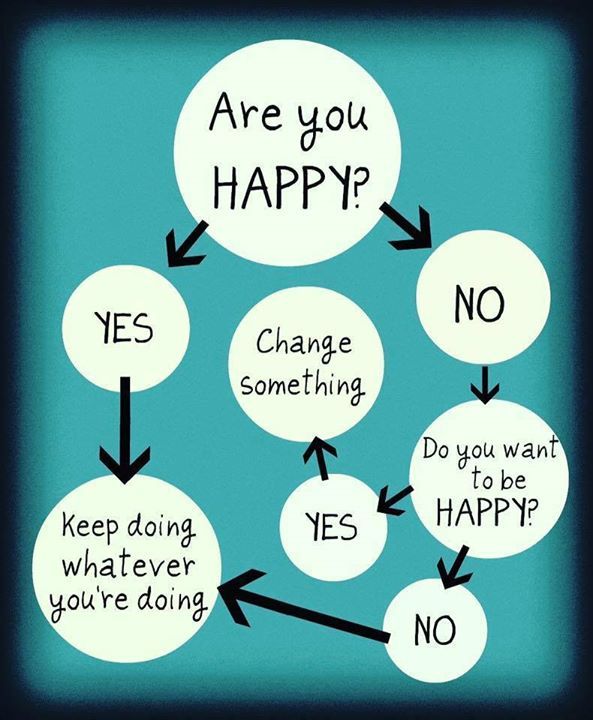 However, this does not influence our evaluations. Our opinions are our own. Here is a list of our partners and here's how we make money.
However, this does not influence our evaluations. Our opinions are our own. Here is a list of our partners and here's how we make money.
Bringing a child into your family is a big decision, emotionally and financially. The process can be long and cost anywhere from less than $1,000 to more than $50,000. Here’s a breakdown of the different ways you can grow your family through adoption — and how much you could expect to spend.
How much does adoption cost?
The cost of adoption depends on the type of adoption you pursue. As you consider how you might want to move forward, keep in mind there are several ways to pay for adoption, from fundraisers and grants to personal loans.
Public agency adoption
How it works: Adopting children through the public welfare system often means beginning as a foster parent. Each state has its own agency, which oversees licensing, education, placement and support for adoptive families.
What it costs: Adoption from foster care is a low-cost option for parents. Child Welfare Information Gateway, a service of the Children’s Bureau under the federal Office of the Administration for Children and Families, characterizes foster care adoption as “virtually free of cost.” The majority of foster adoptions cost less than $1,000, according to the most recent Adoptive Families magazine adoption cost survey conducted in 2016-17.
This path to adoption is inexpensive because of state and federal adoption assistance programs put in place to make it more accessible and appealing to adopt children who are in foster care. These children are often older and may have experienced trauma or have special needs.
Helpful resource: The Children’s Bureau offers a state-by-state guide to adoption assistance.
Private adoption
How it works: Parents can work with an adoption agency or attorney to find and adopt children in the U.S. Generally, the process of adopting a child is similar whether you work through a private agency or independently with the help of an attorney.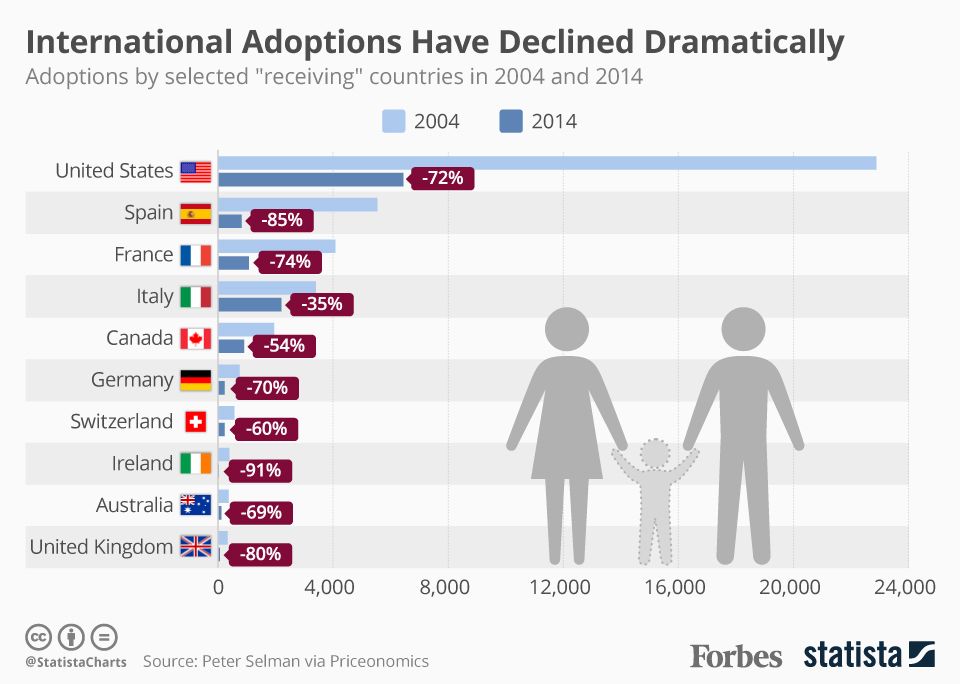 It involves a home study, placement, counseling, training and legal documentation.
It involves a home study, placement, counseling, training and legal documentation.
What it costs: The cost of a private adoption varies. Working with an agency, you can expect to spend between $30,000 and $60,000, according to the Child Welfare Information Gateway. It’s slightly less expensive to pursue an independent adoption, which involves working with an attorney. That process ranges in cost from $25,000 to $45,000. Private adoptions are more likely to involve newborns. That means in addition to paying for the adoption process, you would also cover the birth mother’s medical and other expenses.
Intercountry adoption
How it works: This path involves working with private or public adoption agencies in countries outside the United States. The process and fees vary by country and depend on the organization you work with, which could be a government office, agency, orphanage, nonprofit or an individual like an attorney. Some aspects of the process are unique.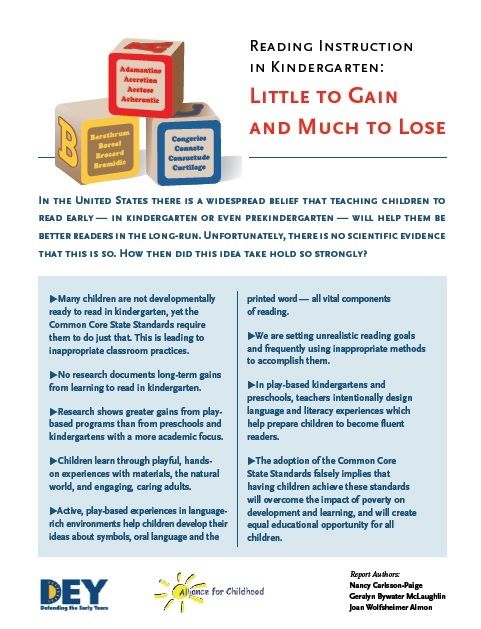 You’ll have to work through the immigration process, including applying for passports and travel visas, and navigate foreign legal systems. The road can be long. Child Welfare Information Gateway estimates intercountry adoption can take one to five years to complete.
You’ll have to work through the immigration process, including applying for passports and travel visas, and navigate foreign legal systems. The road can be long. Child Welfare Information Gateway estimates intercountry adoption can take one to five years to complete.
What it costs: On average, intercountry adoption costs $20,000 to $50,000.
Expenses that may arise when adopting a child
Home study
A home study marks the beginning of the adoption process.
During a home study, prospective parents — and their family members — are checked out to make sure they would provide a safe and loving place for a child. A home study requires you to produce documents, including financial statements, employment records and a letter from your doctor about your latest physical. You’d also undergo background checks and interviews. This evaluation phase can cost from $2,000 to $4,000, according to The Gladney Center for Adoption, an adoption agency based in Fort Worth, Texas. That price may be adjusted based on your family’s income.
That price may be adjusted based on your family’s income.
This step in the process also includes education and training. Some of it may be provided by the state agency that administers the home study at a cost ranging from $300 to $600. Additional hours of training are likely required and would be done on your own through books or online courses, which can cost $100 to $200 per person.
Lastly, during the home study, you’ll agree to a post-placement reporting phase. In the United States, a social worker visits the family multiple times over a six-month period after the child has been placed in the home. Fees for post-placement reporting can range from $1,500 to $2,000.
Search fees
When working with a private agency or an attorney, a major expense in the process goes to searching for and getting matched with a birth mother. Fees for a consultant and advertising may be rolled into an adoption agency’s overall fee. But if you’re pursuing an independent adoption, you’ll likely pay for these services separately and costs can range more widely, depending on how and where you want to advertise. The Gladney Center estimates consulting and advertising can cost between $3,000 and $7,000 for an independent adoption.
Birth mother expenses
People adopting a newborn will be responsible for paying the birth mother’s expenses. This can include medical bills and some living expenses, as well as counseling, legal fees and travel. The Gladney Center estimates these expenses can cost between $6,000 and $8,000 for parents pursuing a private adoption.
Legal fees
There are a lot of legal requirements in adoption, including terminating the rights of the birth parents, court filings, negotiating birth mother expenses and finalizing the adoption after the post-placement reporting period. An adoption agency may roll some of these expenses into its overall fee.
If you’re pursuing an independent adoption, legal fees will be the bulk of your expenses, costing between $7,000 and $15,000.
Travel
Travel costs can crop up for domestic adoptions, though they’re most significant in intercountry adoptions.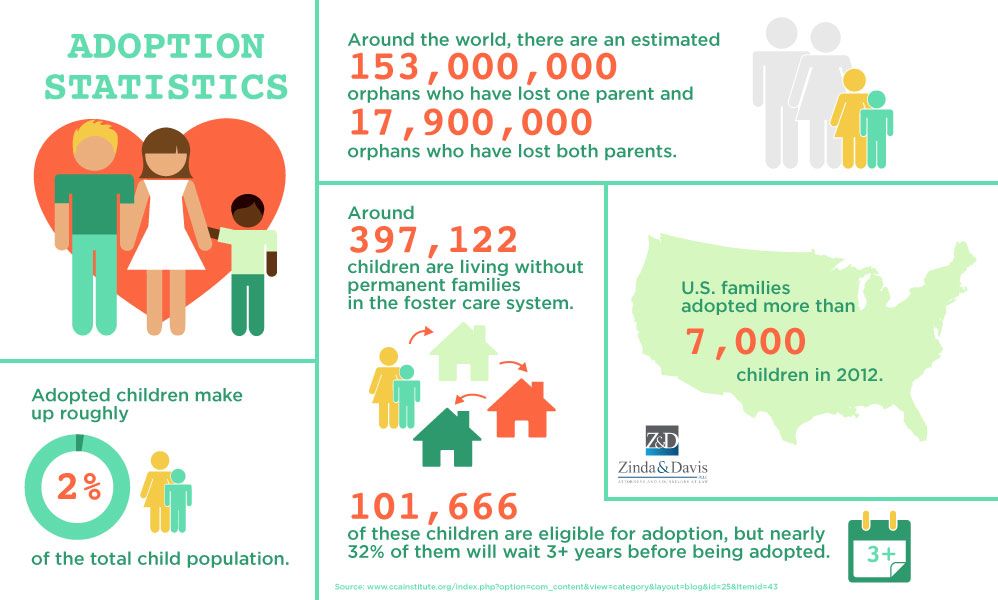 Distance is a key factor in how much you’ll pay for travel. Another is time. You might be waiting days or weeks for the final legal approval to bring a child home, especially when crossing state lines or country borders.
Distance is a key factor in how much you’ll pay for travel. Another is time. You might be waiting days or weeks for the final legal approval to bring a child home, especially when crossing state lines or country borders.
For private domestic adoptions, you could pay up to $3,000 in travel expenses, according to the Gladney Center. (You could look at getting a travel credit card to offset some of those expenses.)
Estimates vary for intercountry adoption-related travel. The cost can depend on the country where the child is living and the organization you’re working with. In a cost estimate on its website, New Beginnings — an international adoption agency based in New York — says the adoption of a child in South Korea could include $6,000 to $9,000 in travel expenses. The Child Welfare Information Gateway advised in a September 2020 intercountry adoption guide that adoptive parents are often required to be in the child’s country to finalize the adoption. It may require multiple, extended visits.
Raising a child
Adoption in itself can be a long and expensive process, but that’s only a precursor to the full cost of raising a child. New parents should budget for those expenses, which can top $21,000 in the first year alone.
About the author: Taryn Phaneuf is a writer at NerdWallet. Read more
On a similar note...
Adoption process in the USA - Immigration to the USA
Family is, of course, one of the main values in a person's life. However, unfortunately, not all families can have a child. Moreover, there are a huge number of children in the world who are deprived of parental love and affection. Therefore, adoption is a great option for many to find a long-awaited family.
It is worth saying that in the USA adoption of children from other countries is in great demand. According to USCIS statistics, there are about 5,000 international adoptions a year in the United States. nine0006 The reasons for this are the desire of Americans to help children from underdeveloped and economically unstable countries and give them a chance for a brighter future.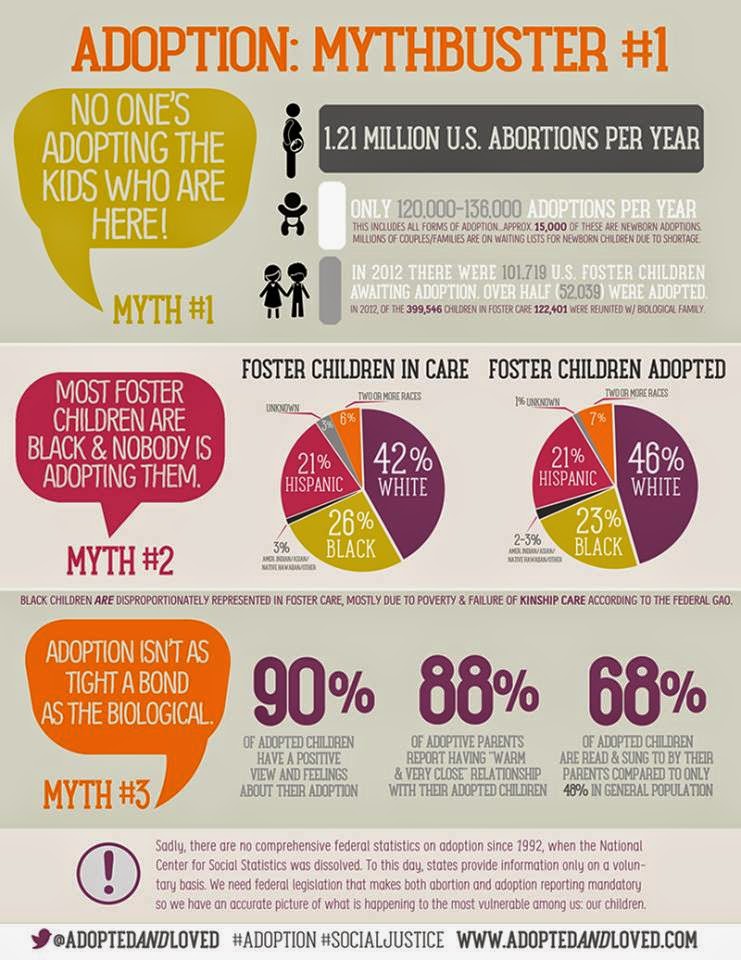 In addition, at the moment, many are striving to create multicultural families. Well, an important factor that pushes families to international adoption is the huge competition and the duration of this procedure in the United States.
In addition, at the moment, many are striving to create multicultural families. Well, an important factor that pushes families to international adoption is the huge competition and the duration of this procedure in the United States.
Most often, American families adopt children from China, Congo, Russia, Guatemala, South Korea, Ethiopia and Ukraine. nine0012
International adoption procedure
Undoubtedly, international adoption is a very long and difficult process. In order to adopt a child from another country, you first need to obtain an adoption permit. The United States Citizenship and Immigration Services (USCIS) is handling this matter. It determines the suitability of potential adoptive parents and verifies children's immigration eligibility.
However, international adoption is also governed by the laws of the child's country of residence. Accordingly, before you decide to adopt a child from a certain country, be sure to check its requirements for international adoption.
Accordingly, before you decide to adopt a child from a certain country, be sure to check its requirements for international adoption.
In general, there are 3 immigration processes for a child in case of intercountry adoption . And in order to adopt a child from another country, you need to fulfill all the requirements, in accordance with the chosen process.
1.
The Hague Adoption ProcessFirst of all, Since 2008, the United States has been a party to the Hague Convention on Intercountry Adoption . It includes more than 100 states. Therefore, if the child's country of origin is included in this list, you can use this circumstance when adopting.
2. Orphan adoption process
Basically, this adoption procedure is for orphans from countries that are not parties to the Hague Convention. nine0006 In this case, you need to officially prove the child's orphanhood.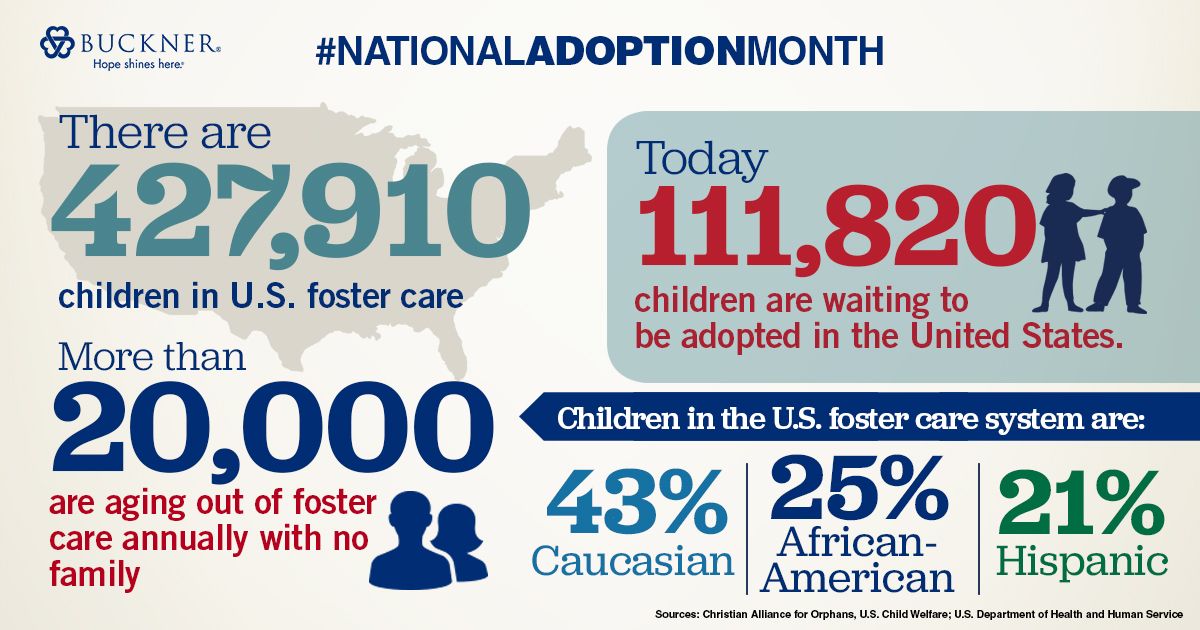
It should be noted that in the first two cases the potential parents of the adopted child must be US citizens over 25 years of age. In addition, parents will need to provide proof of housing and material conditions, as well as a number of other checks , before the official permission to adopt.
3. Adoption of relatives
It applies to US citizens and permanent residents who intend to adopt a child through kinship. At the same time, the child at the time of adoption must be under 16 years old (or up to 18 years old if the adopter is a biological brother and sister). In addition, you must have 2 years of physical and legal guardianship.
Immigrant visas for adopted children
Moreover, if you are adopting a child from another country, after the process is completed, he will need an immigrant visa to enter the United States.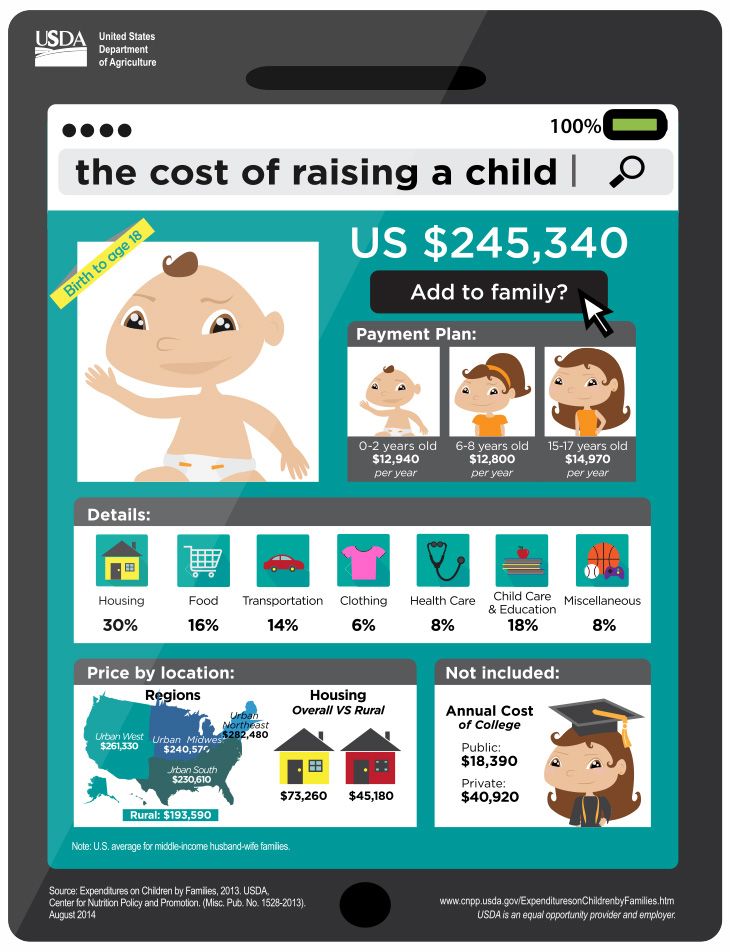 nine0003
nine0003
Generally, there are several types of immigrant visas for adopted children :
1. For children from countries of the Hague Convention
- IH-3 visa: is issued to fully adopted children.
- IH-4 visa: for children coming to the United States for adoption.
2. For children from countries that are not members of the Hague Convention
- Visa IR-3: after full and final adoption abroad.
- IR-4 Visa: Issued if the child: is coming to the US for adoption; was adopted by only one of the parents (if they are married).
3. Adoption by Kinship - IR-2 visa.
US citizenship procedure for an adopted child
First, children who come to the US on the basis of visas0006 IR-3s and IH-3s automatically acquire US citizenship. However, the child must be under 18 years of age to enter the United States.
Second, children with IR-4 and IH-4 visas do not receive citizenship upon arrival, but become US residents. Therefore, they automatically receive a permanent resident card (Green Card). Once the adoption process is completed, only then can they acquire US citizenship. nine0003
Third, for adopted children with an IR-2 visa, there are several options. Basically, they receive American citizenship automatically. However, there are cases when a child receives a green card.
Adoption period and costs
Generally, the adoption process takes one to four years. Many factors influence this. Usually, the period depends on the laws and procedures for adoption in the child's country of origin. nine0003
Regarding the cost of international adoption, everything is individual here.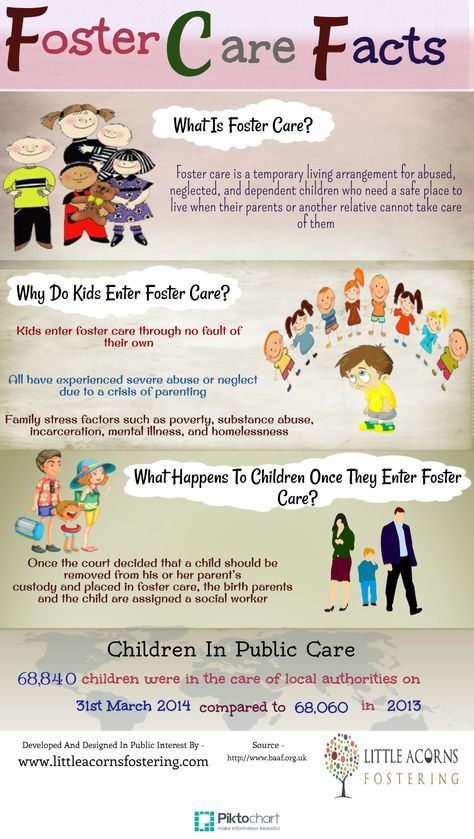 In most cases, the cost is approximately 30-50 thousand dollars.
In most cases, the cost is approximately 30-50 thousand dollars.
What do adoptive parents get in the USA - Newspaper Kommersant No. 34 (5066) dated February 26, 2013
12K 4 min. ... nine0003
In the US, laws have been in place for many years to encourage foster care for children without parental care. "Kommersant" found out how this affects the solution to the problems of orphanhood.
Previous photo
Photo: Kommersant / Alexander Miridonov / buy photo nine0003
Photo: Kommersant / Dmitry Lebedev / buy photo
nine0002 Photo: Kommersant / Oleg HarseevNext photo nine0003
one / 3
Photo: Kommersant / Alexander Miridonov / buy photo
Photo: Kommersant / Dmitry Lebedev / buy photo nine0003
Photo: Kommersant / Oleg Harseev
When Jim and Jill Folstrom returned to Indianapolis, Indiana last fall with a two-week-old Texas adopted child, Eli Lilly & Co, where they had worked for more than five years, decided to partially reimburse them. The adoptive parents were given a check for $10,000 covering half of the costs of adoption. In addition, the Folstrom family was given a week of fully paid vacation. After that, Jill was able to go on four weeks of unpaid leave, which is usually given to mothers in the US after giving birth. nine0003
According to a study conducted by the consulting company Hewitt Associates back in 1997, more than a quarter of employers considered it necessary to at least partially reimburse their employees for the costs of adoption. Among the main reasons, employers usually cite the high cost of adoption compared to conventional births. In the US, the vast majority of companies provide health insurance to their employees, so that the costs of medical care during pregnancy and childbirth are compensated by insurance companies. According to experts at the National Adoption Center, this is not charity. In exchange for financial assistance, companies get the opportunity to maintain the loyalty of employees. nine0003
nine0003
In addition, according to US tax law, the state partially compensates adoptive parents for the amount spent on adoption. In accordance with the American Taxpayer Relief Act of 2012, passed by Congress on January 2, this relief is permanent and cannot be revoked. Today, taking into account payments to the federal budget, as well as to the budgets of the city and state, the average tax rate in the United States is 36%. In the case of an adoption, the family receives a tax credit of $12,970 for each adopted child and can deduct this amount from the annual return. The amount can be reduced by 30% if the family earns more than $194.5 thousand per year. There are no tax breaks for those whose income exceeds $234.5 thousand. In addition, the adoptive family can apply to the tax authorities with a request to take into account the costs directly related to the adoption process. In this case, the costs of preparing the necessary documents, paying for agencies and lawyers, travel and payment of court fees and charges will be deducted from the taxable amounts.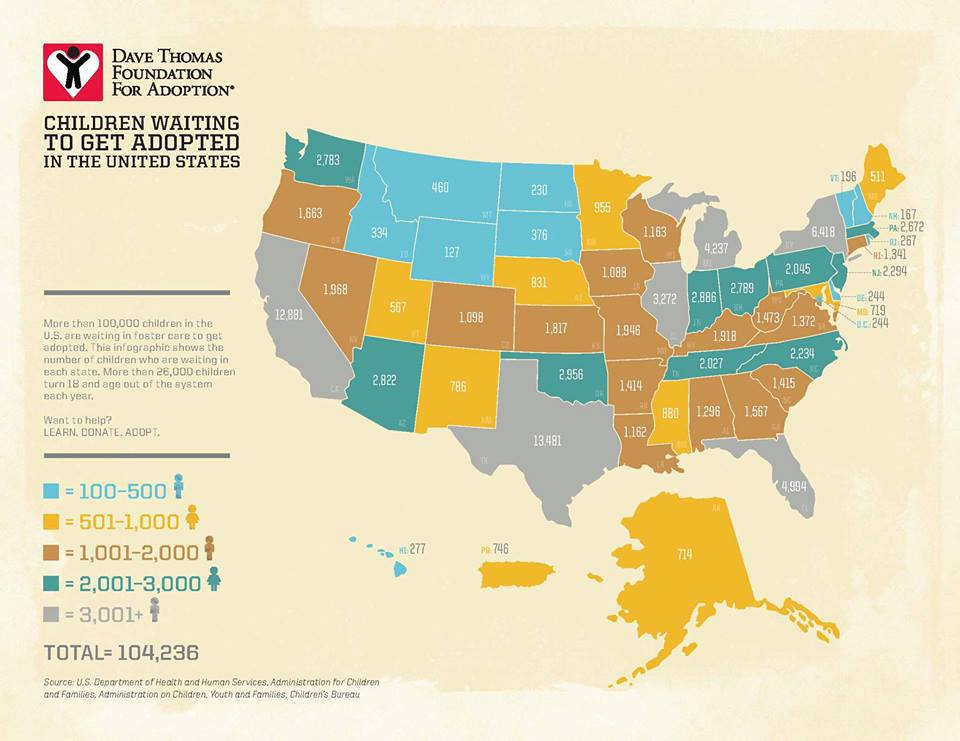
When it comes to adopting a child who needs medical or psychological help, adoptive parents can deduct more serious amounts from their tax returns. The authorities of most US states provide benefits of up to $25,000 to such families.
US foster care benefits are available in all states. They fall into several categories. According to the National Adoption Center, the adoption process costs adoptive parents between $10,000 (in the case of a child born in the United States) and $50-60,000 (in the case of a foreign adoption). There are national and regional waiting lists that list all pregnant women who, for various reasons, decide to abandon their unborn child. If, immediately after the birth of the child, the mother confirms that she is ready to give him up for adoption; authorities inform potential parents. The wait may take several years. nine0003
Federal assistance to adoptive families is covered by the Adoption and Safe Families Act of 1996. According to this document, state authorities have the right to determine whether a foster family needs financial and medical assistance. If the family income is deemed insufficient, then at the beginning of the adoption process, potential parents receive assistance in the amount of $200 to $2,000 to prepare the necessary documents and attend preparatory seminars.
If the family income is deemed insufficient, then at the beginning of the adoption process, potential parents receive assistance in the amount of $200 to $2,000 to prepare the necessary documents and attend preparatory seminars.
Social Services can help families get up to $50,000 in interest-free loans to help with adoption costs. Doctors have determined that until the age of 18 (or 21 in some states) a child may be eligible for free Medicaid, whether or not the parent's health insurance covers these costs. nine0003
Separate benefits for military families. If a child is adopted by such a family, the law provides for a one-time payment of up to $5,000 for each child. In addition, servicemen who decide to take sick children into their families are entitled to a monthly payment of $1,000. State employees also receive a one-time compensation of $5,000. In a number of states, similar benefits are provided for foster families. Usually in such families the child spends from one to three years.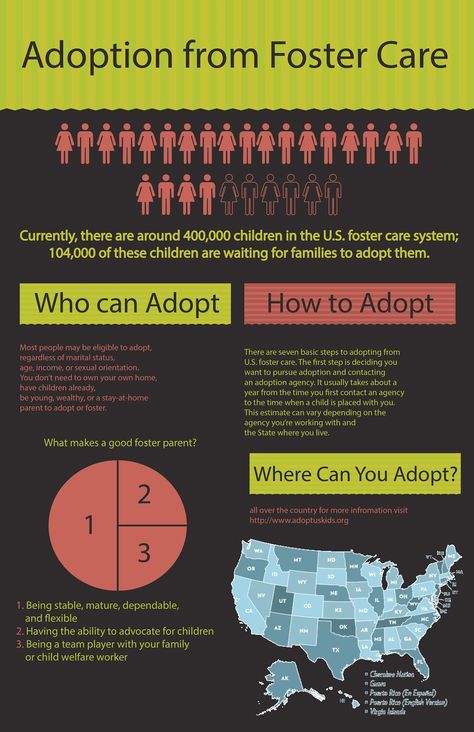 The authorities compensate "temporary" parents for the cost of clothing, food and education for their children. The average monthly check is $300-800, but can be significantly increased if the child needs expensive medical care. nine0003
The authorities compensate "temporary" parents for the cost of clothing, food and education for their children. The average monthly check is $300-800, but can be significantly increased if the child needs expensive medical care. nine0003
In each case, a parent's request for financial assistance will be reviewed by State Social Services. Payments are mandatory if the child has a serious illness, was adopted over the age of six, or belongs to an ethnic, racial or religious minority.
In 2001, more than 40 states in the United States passed legislation making tuition free for adopted children at state and community colleges and universities. nine0003
There are now 401,000 children left without parental care in the US, the lowest number in 20 years. The vast majority of these children live in foster families. According to the US Bureau of Children's Affairs, if in 2003 there were 130,637 children awaiting adoption, in 2011 this figure was 104,236 people. The average age of orphans is seven years old, 40% are white, 28% black and 22% Hispanic.